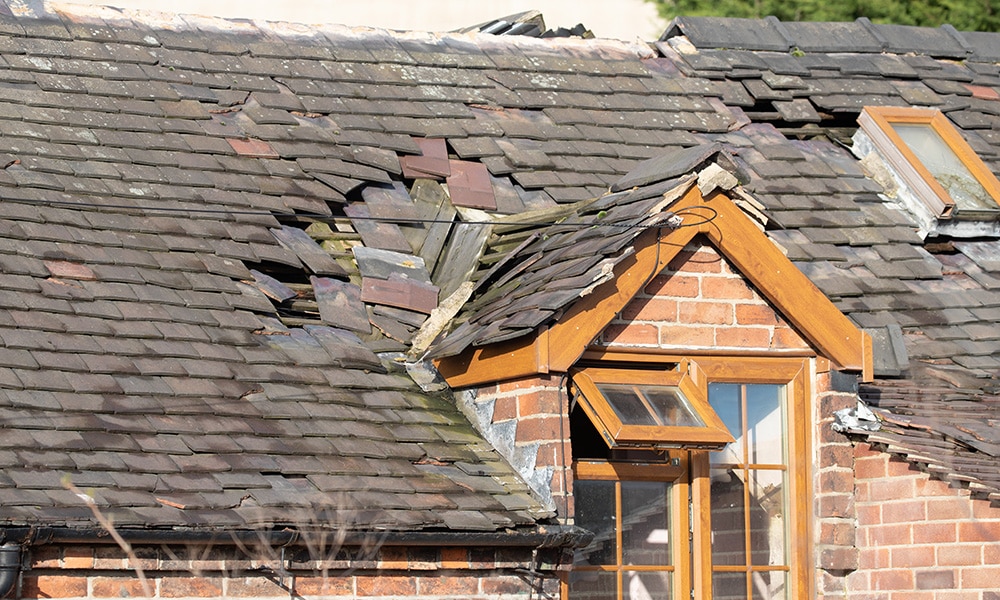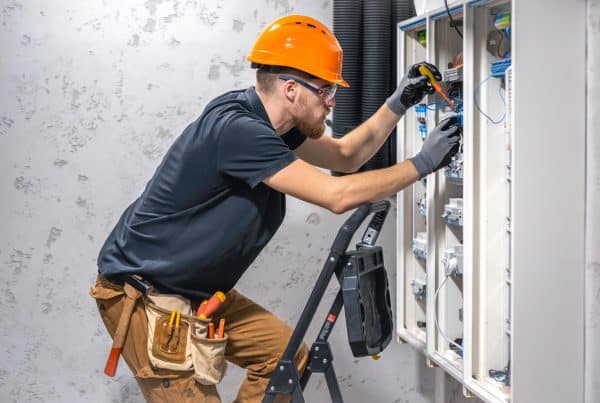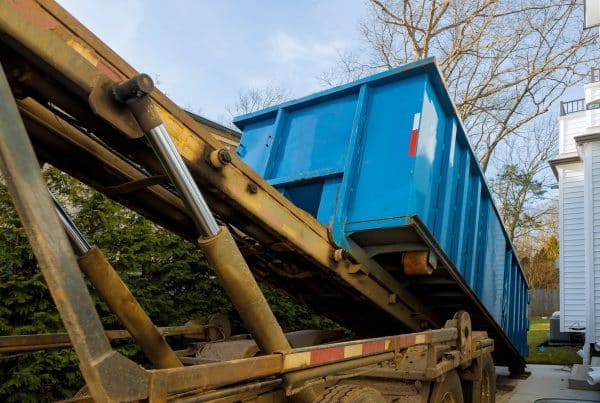Bad storms can tear up even the best roofs. But if you’re not familiar with roofing or DIY home repairs, you may have no idea what to do in the aftermath.
How do you tell how much damage there is?
How can you estimate the total costs?
How do you know whether your roof damage constitutes an emergency?
The Value of Working With Experts
If you’re looking for a convenient shortcut, consider calling a replacement roofing company. Roofing experts are sufficiently experienced in the arts of inspecting roofs, evaluating damage, and making repairs or replacements. They can help you better understand your situation, your options, and your best course of action.
Roofing contractors will help you:
· Assess the damage. Most roofing contractors are willing to visit your property and assess the damage to your roof for free, so you can better understand the nature of the damage and how it’s going to affect your roof and house in the future.
· Recommend options. These professionals will also recommend the best course of action for the integrity of your roof and home. Sometimes, that means making a simple repair. Sometimes, that means replacing the entire roof.
· Provide you with a quote. Regardless of the options recommended to you, your roofing contractor will provide you with a quote for materials and labor necessary to pursue those options. If you work with multiple roofing contractors, you can compare quotes and get the best deal.
Important Signs to Note
Before you hire a roofing contractor, you may want to conduct a bit of an inspection yourself. There are many signs of storm damage that you’ll want to note, both inside and outside of your house. Be sure to check your upper floors, including your attic, for leaks or signs of water damage; and outside, you can use binoculars to inspect for damage on the ground or climb onto your roof and inspect it much closer.
· Obvious, direct damage. If a tree crashes into your roof during the storm, you’ll immediately be able to see how much damage has been done. In many cases, this type of incident warrants a major repair, if not a full roof replacement. You shouldn’t have any trouble distinguishing this type of obvious, direct damage.
· Missing shingles. What’s more subtle, however, is missing shingles. If you’re looking closely at your roof, you should be able to see where shingles are missing; you may also find shingles or fragments of shingles in your yard after the storm is over. Either way, you’ll want to get these missing elements replaced as soon as possible.
· Cracked or loose shingles. Cracked and loose shingles can also present problems, so it’s important to get them repaired or replaced quickly. Fortunately, restoring and replacing shingles is usually inexpensive, especially when compared to the cost of replacing the entire roof.
· Missing flashing. Flashing is necessary to keep your roof sealed and protected around specific areas, like around chimneys or near windows. If you notice missing flashing, you’ll likely need to have it replaced.
· Gutter damage. Storms can also damage your gutters. Because your gutters serve an important protective role for your roof, you can’t afford to ignore this; you should get your gutters repaired as soon as possible.
· Sealant wear. A much subtler sign to notice is wear in the sealant. If the sealant in and around your roof begins to grow thin or suffer damage, you could be more likely to experience leaks inside your home.
· Leaks or water damage. The most dangerous sign to watch out for is a leak or water damage in the interior of your home. Water damage can be incredibly destructive, so you need to take it seriously and address it immediately. Depending on the extent of the damage, the location of the damage, and when the damage occurred, you might see dripping water, you might see water stains, or you might see signs of mold or fungi growth. All of these are causes for concern and most of them constitute a home repair emergency. If you don’t address leaks quickly, they can compromise the structural integrity of your home.
When inspecting your roof for damage, make sure you take photos. These are going to be valuable for generating quotes as well as filing a home insurance claim, if required.
Hopefully, your roof is able to withstand most storms and inclement weather conditions, standing firm even in the aftermath of gale-force winds. But if it’s not, you need to be prepared to act quickly. Bad weather can damage your roof in various ways, and if left unchecked, that damage can become much more complicated and more severe.
Hire a roofing professional or inspect the roof yourself and take action right away to mitigate this risk.








